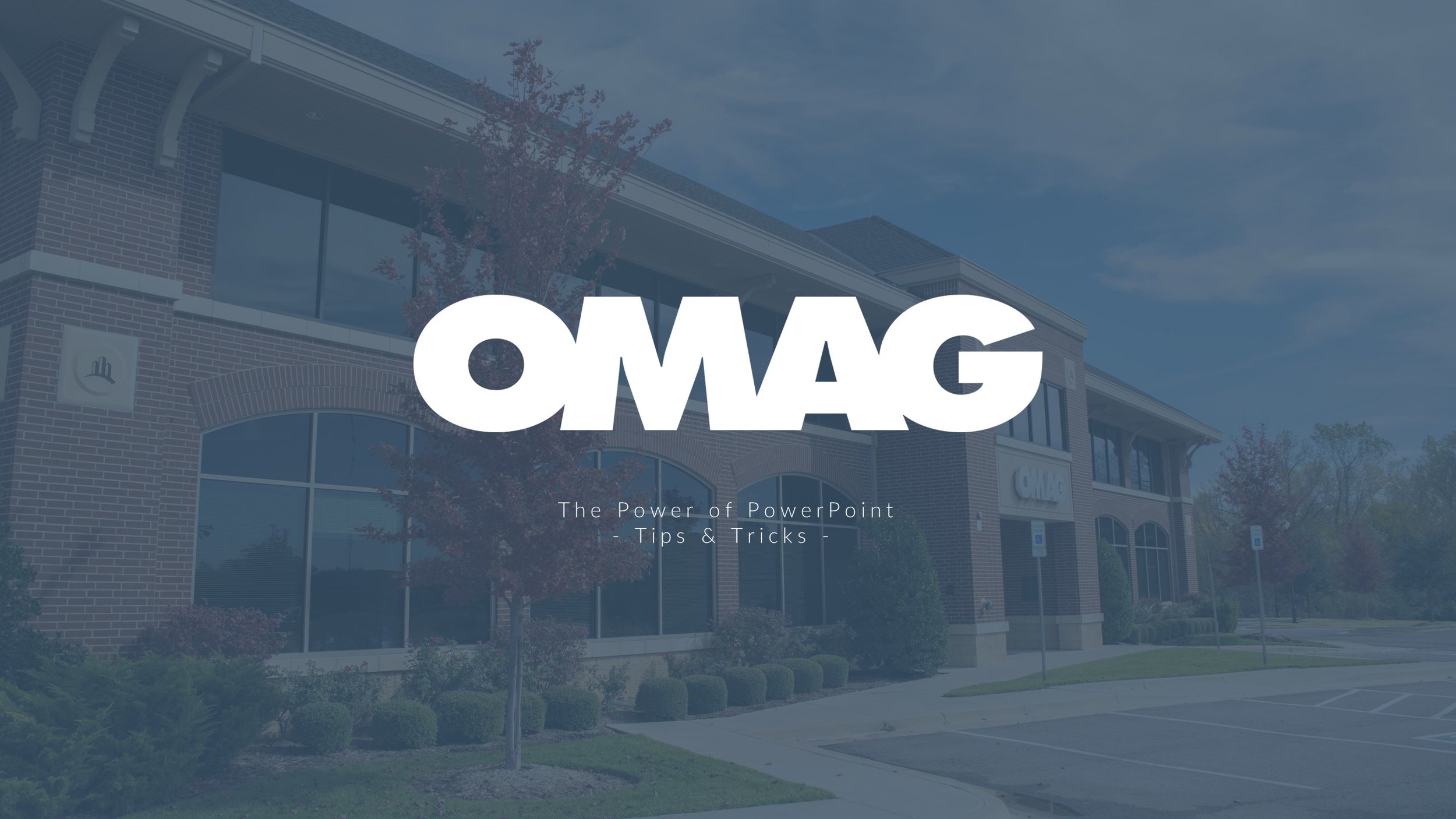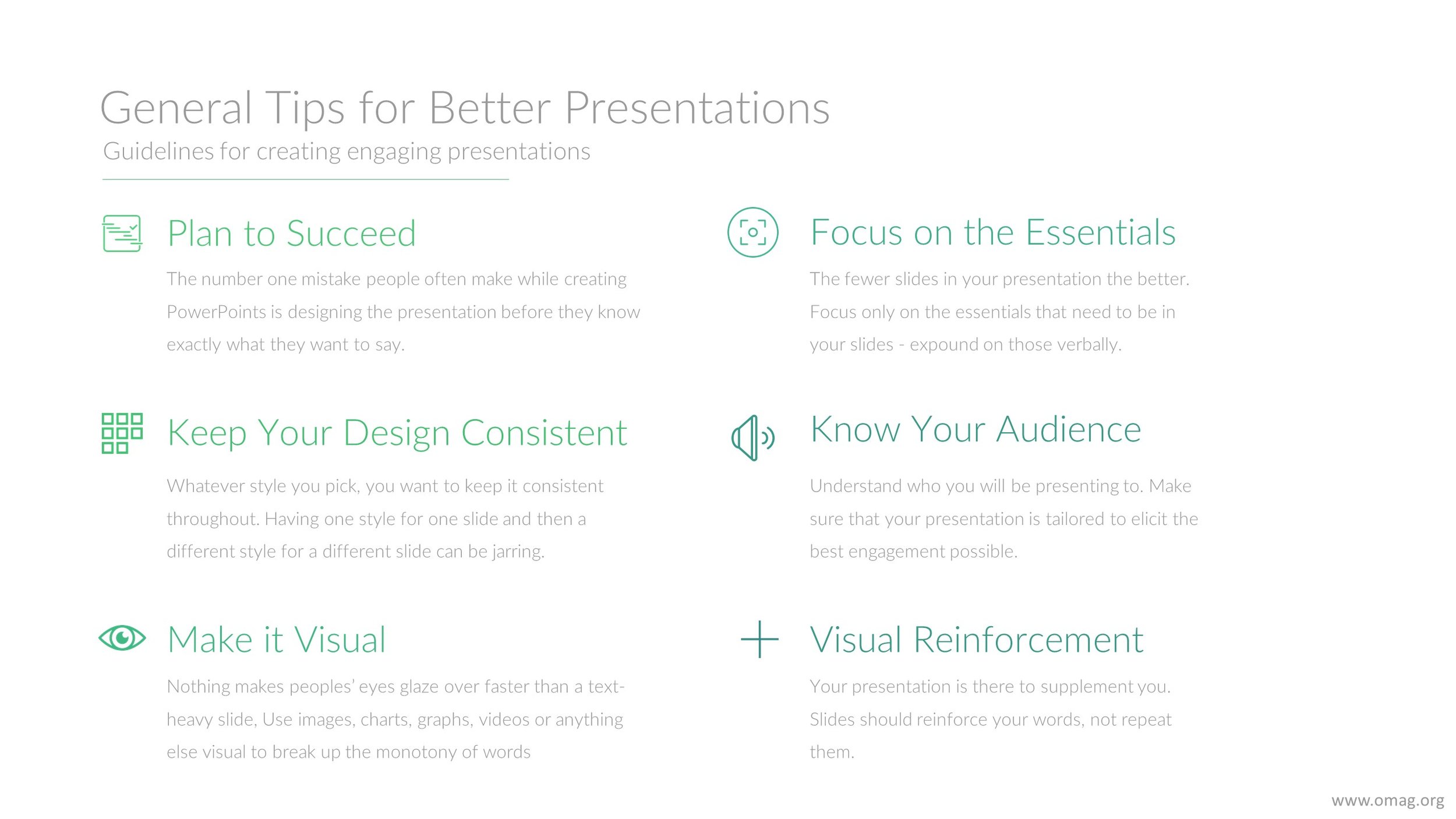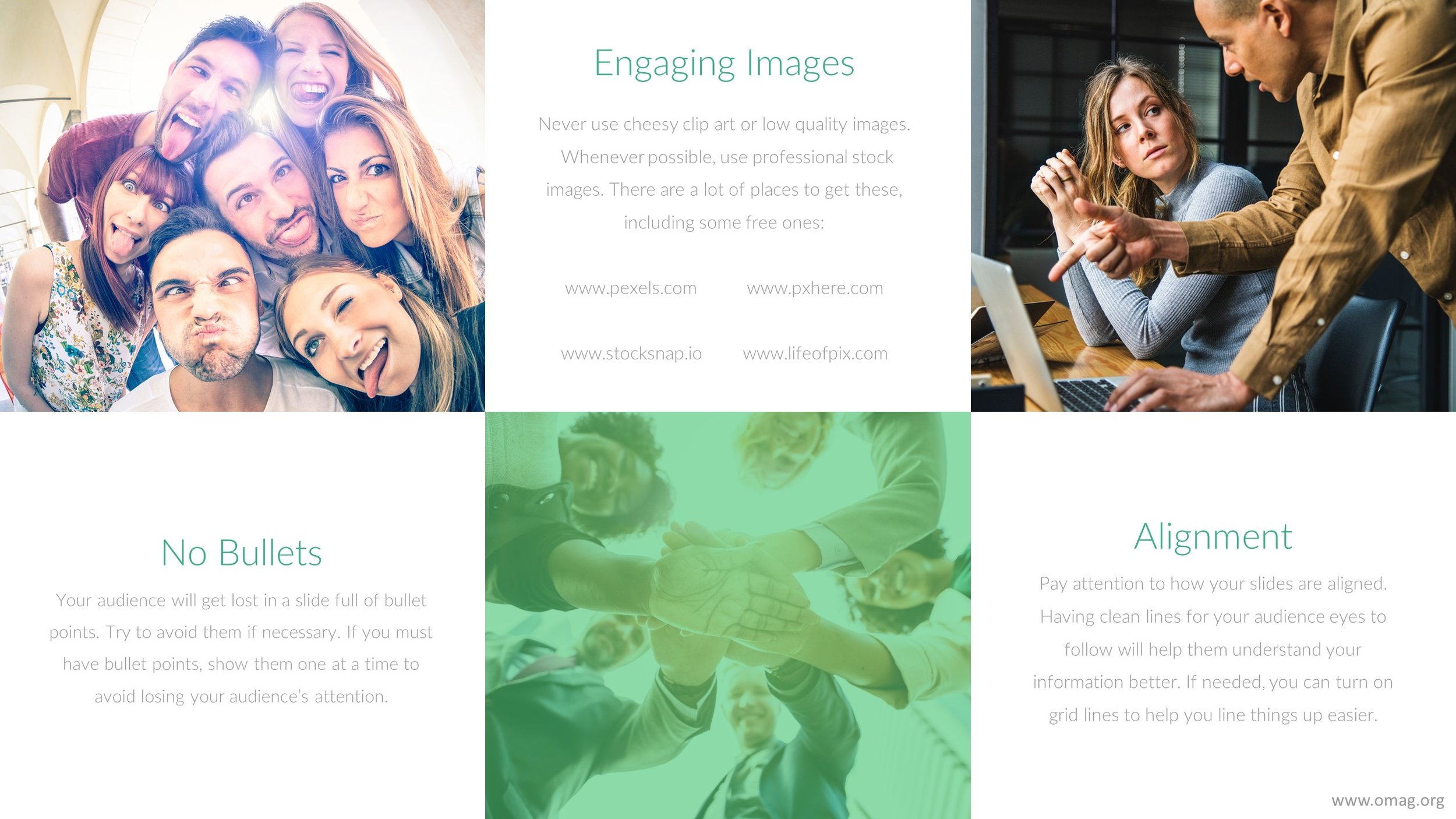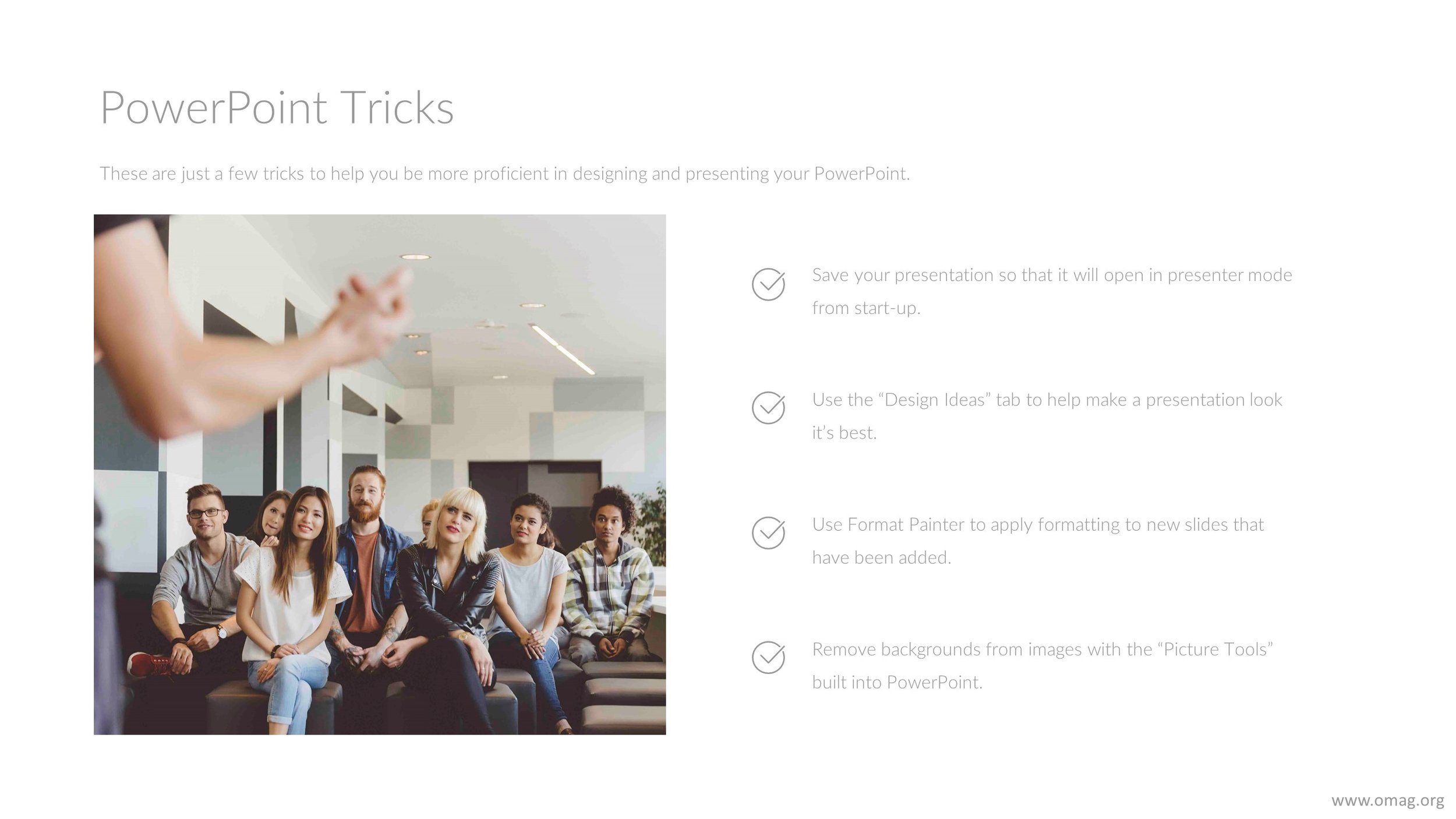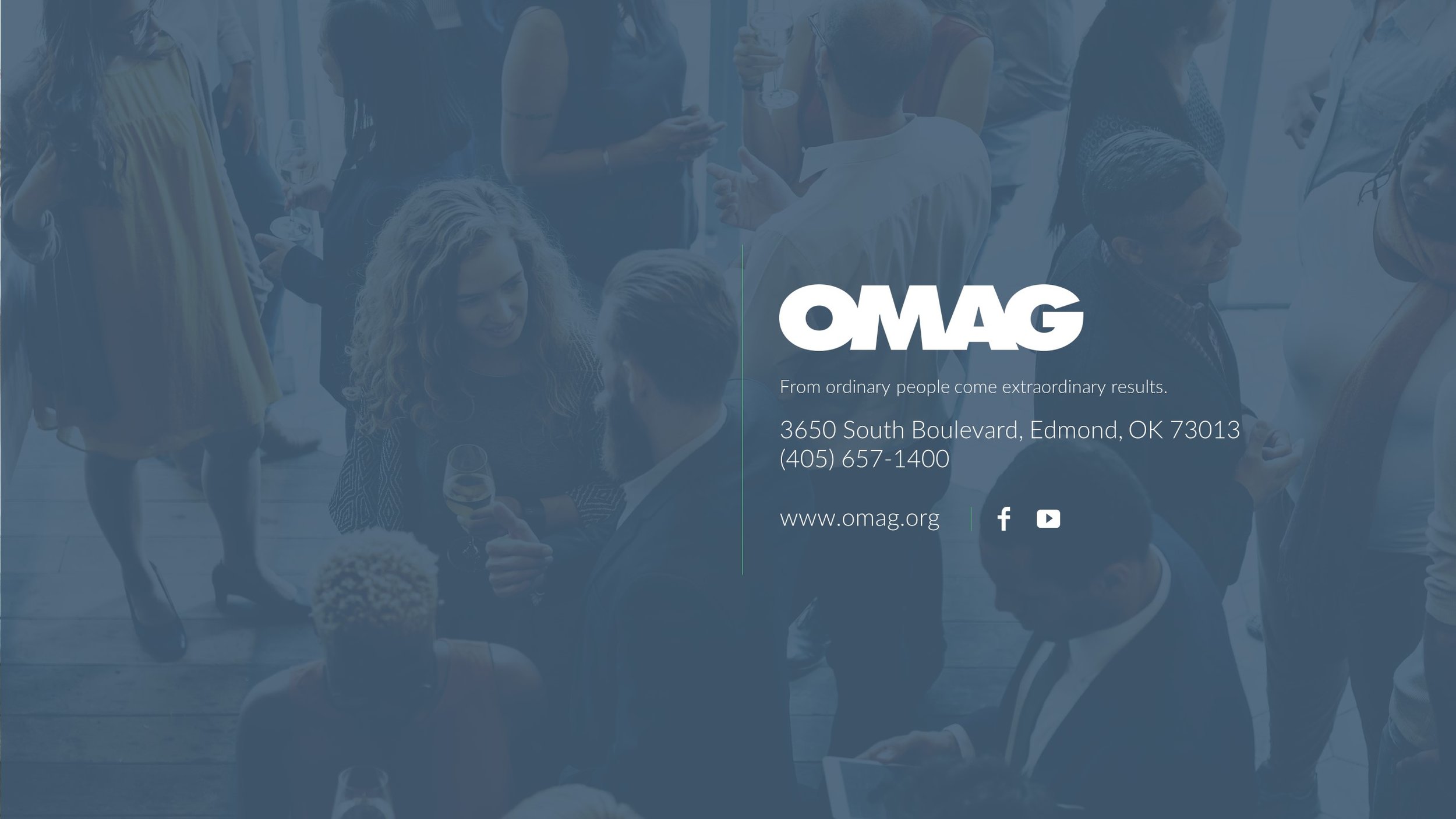This Loss Bulletin is intended to help municipalities reduce their risk of civil liability in connection with offering alcoholic beverages at Municipal Golf courses, Country Club or Marinas. Understanding current case law and the changes in state regulation of alcoholic beverage sales and acting accordingly should greatly reduce the risk to cities and towns.
On November 8, 2016 the voters of the State of Oklahoma approved a State Question 792 that modified the regulation of alcohol sales throughout the state. The law was not effective until October 1, 2018 to allow time for transition. For the most part Article 28 of the Oklahoma Constitution was repealed and Article 28A was put in its place to govern Alcoholic Beverage Laws and Enforcement. Under the prior regulations, beer or beverages containing 3.2% or less alcohol by volume were not considered to be alcoholic beverages. Under the new regulations “alcoholic beverages” are defined as “All beverages that contain alcohol, unless otherwise defined by law, shall be considered alcoholic beverages by this state and therefore governed by this Article and all other applicable laws.”[1]
How does this change affect cities and towns across the state? While municipal golf courses, Country Clubs, or Marinas in the past have been licensed by a county or a city to sell non-alcoholic beverages (3.2% or lower in alcohol by volume) several have asked how the new law might impact beer sales with a greater volume of alcohol in those beverages.
Implementing statutes to this Constitutional provision can be found in Title 37 and 37A Okla. Stat. Section 1-101 et seq. During its second session, the 55th Oklahoma Legislature enacted substantial amendments to Title 37 (Intoxicating Liquors) of the Oklahoma Statutes and added a new Title 37A (Alcoholic Beverages). The enactments from the 2016 Session affected over 400 sections in the Oklahoma Statutes relating to alcoholic beverages, including about 370 sections in Titles 37 and 37A. Most of these amendments from the 2016 Session were effective on October 1, 2018.[2]
During the 2019 legislative session additional clarifications to the law were made by the passage of Senate Bill 728 which passed with an emergency clause becoming effective upon its signing by the Governor on April 10, 2019. Among other things, SB 728 provided that an alcohol beverage “licensee may sell beer and wine for off-premises consumption if it meets the classification of a golf course, country club, or marina” [3]
First, it is important to know that cities, as political subdivisions of the State, are prohibited from the retail distribution of alcoholic beverages. [4] If cities and towns are determined to serve alcoholic beverages at golf courses and other qualifying recreational facilities, then one approach is to consider contracting with an independent contractor to provide that service. An independent contractor would need to apply with the ABLE Commission for the appropriate license(s) to sell both on premises and off premises if the desire is to sell beer that can then be consumed on the golf course. The licensing process is somewhat detailed and can be accessed on the ABLE website.[5] Some of the advantages of using an independent contractor to provide wine and beer on the public golf course or another qualifying recreational facility are: 1) requires the independent contractor to navigate the applicable ABLE regulations; 2) requires the independent contractor to properly train and supervise their own employees to ensure proper handling of risks associated with serving alcoholic beverages to patrons[6]; 3) minimizes a town or city’s investment needed to provide this amenity for its patrons.
Another option for a city or town that would like to serve alcoholic beverages at a city golf course or qualifying recreational facility may be to utilize a public trust of which the city or town is a beneficiary. A public trust is a separate legal entity than a city or town and thus would not fall within the prohibition of selling alcoholic beverages that applies to a city as a political subdivision. The license from the ABLE Commission could be held by a Public Works Authority, a Municipal Authority, or other public trust organized under the Oklahoma Public Trust Act. [7] The licensing process through the ABLE Commission would need to be followed. (see footnote #5). The land or property upon which the alcoholic beverage dispensing would occur would need to be under ownership, lease or control by the Public Trust and all Trustees of the Public Trust will need to execute the appropriate background investigation documents. In addition, for OMAG member towns and cities who carry General Liability or Property Damage Policies, under Section VI, Exclusion 14 there is no coverage under those policies for serving or furnishing alcoholic beverages for a charge.[8]
Should a City or town desire to extend coverage to its public trust that would be involved in the sale of alcoholic beverages at our municipal golf courses or other qualifying recreational facilities, then a special rider or waiver of this exemption would need to be considered.[9] Please contact OMAG if you need additional information or guidance. The information provided in this bulletin is not intended to be legal advice. Specific facts and circumstances unique to your town or city should be discussed with your City Attorney for legal guidance.
[1]Okla. Const. Article 28A, Section 1
[2] OSCN has prepared a table that lists all sections in Titles 37 and 37A affected by the 2016 enactments. This table shows the disposition of all affected sections in Title 37 (amendments, repeals, and renumberings), and it shows the source of all sections added to the new Title 37A. This table should help OSCN users to determine which sections in Titles 37 and 37A have been affected. OSCN Dispositional Table – 2016 Acts Affecting Titles 37 and 37A (PDF, 21 pages)
[3] Golf course, Country Club or marina pursuant to the most recently adopted North American Industry Classification System (NAICS). 37A Okla. Stat, sections 2-110 (2), 2-128(2).
[4] Okla. Const Art. 28A § 8. State and other governing entities prohibited from engaging in alcoholic beverage business
The State of Oklahoma, or any political subdivision thereof, or any board, commission or agency thereof, is hereby prohibited from engaging in any phase of the alcoholic beverage business, including the manufacture, sale, transportation or distribution thereof, at wholesale or retail, and the maintenance, ownership or operation of warehouses or alcoholic beverage stores; except that if the voters of a county in which a state lodge is located approve retail sale of alcoholic beverages by the individual drink for on-premise consumption, and if the State Legislature enacts legislation approving such sales in any such lodges located in any such counties, then such sales are authorized. The Legislature may enact laws restricting the involvement of officers and employees of the state and political subdivisions thereof in the alcoholic beverage business.
Provided, that nothing herein shall prohibit the sale of alcoholic beverages legally confiscated as provided by law.
[5] https://www.ok.gov/able/documents/ABLE%20Form-Beer%20%20Wine%20Application.pdf
[6] Brigance v. Velvet Dove Restaurant, Inc. 1986 OK 41, 725 P.2d 300 “At common law a tavern owner who furnishes alcoholic beverages to another is not civilly liable for a third person's injuries that are caused by the acts of an intoxicated patron. Such rule is principally based upon concepts of causation that, as a matter of law, it is not the sale of liquor by the tavern owner, but the voluntary consumption by the intoxicated person, which is the proximate cause of resulting injuries, so that the tavern owner is therefore not liable for negligence in selling the liquor.” @301 “We hold today that public policy is better served by holding that the common law principles of negligence are applicable where a commercial vendor for on the premises consumption is shown to have sold or furnished intoxicating beverages to a person who was noticeably intoxicated from which a jury could determine that such conduct creates an unreasonable risk of harm to others who may be injured by the person's impaired ability to operate a motor vehicle. Based upon compelling reasons we, thus, reject the common law doctrine of tavern owner nonliability in Oklahoma.” @305-306. Oklahoma Courts, since Brigance, have declined to extend the common law modification beyond the factual circumstances of that case, i.e. an innocent third party injured as the proximate cause of the negligence of the commercial server who knew or should have known by their observation that the person being served was too intoxicated to safely operate a motor vehicle. See BATTLES v. COUGH, 1997 OK CIV APP 62, 947 P.2d 600, Wrongful death action was brought against alleged social host and restaurant for serving alcoholic beverages to motorcyclist subsequently involved in collision that killed passenger. The Court of Civil Appeals, held that the alleged social host was not liable for serving alcoholic beverages to motorcyclist under the facts of that case including there is no duty on vendor to deny service of alcoholic beverages to persons who will or might become intoxicated thereby; evidence that motorcyclist drank three beers and two mixed drinks in one hour and five minutes did not permit inference that restaurant served him alcohol when he was noticeably intoxicated; evidence of loud talking in restaurant by member of group that included motorcyclist also did not permit such an inference. See OHIO CASUALTY INSURANCE COMPANY v. Todd's Tavern et al., 1991 OK 54, 813 P.2d 508. Question was certified from Federal District Court regarding possible cause of action intoxicated driver had against tavern owner. The Supreme Court held that tavern owner has no liability to intoxicated adult who voluntarily consumes alcoholic beverages to excess and sustains injury as result of his intoxication. See TEEL v. WARREN, III, et al., 2001 OK CIV APP 46, 22 P.3d 234. Guest brought action against fraternity for personal injuries he allegedly sustained when he was assaulted by fraternity member while attending a party at the fraternity house. The Court of Appeals held that any action by fraternity which violated statute barring the furnishing of alcohol to a person under the age of 21 could not be proximate cause of injuries suffered by guest at fraternity house when 19-year-old fraternity member became intoxicated and assaulted him; fraternity was not commercial seller of alcoholic beverages, but a social host. 37 Okl.St.Ann. § 537; See also SMITH v. TEEL, et al, 2008 OK CIV APP 7, 175 P.3d 960. Spouse of car passenger killed in collision with vehicle driven by intoxicated patron of restaurant and dance club brought wrongful death action against restaurant, which was a limited liability company, and two of its alleged managers and owners. The Court of Civil Appeals held that alleged managers and owners could not be personally liable for death of passenger.
[7] See Oklahoma Public Trust Statutes - Title 60 Okla. Stat. Section 176 et seq
[8] OMAG MPPP & MLPP Policies – “VI. EXCLUSIONS. We have no obligation to pay nor do we have any obligation to defend any claim against a plan member on account of: . . . 14. Loss for which any plan member, if serving or furnishing alcoholic beverages for a charge, may be held liable by reason of: a. causing or contributing to the intoxication of any person; or b. the furnishing of alcoholic beverages to a person under the legal drinking age or under the influence of alcohol.”
[9] Thirty-five OMAG members cities have been identified as having properties described as golf courses in the MPPP. Those members in the MPPP using that criteria are: Altus, Ardmore, Blackwell, Boise City, Buffalo, Cedar Valley, Clinton, Edmond, Enid, Fairview, Guymon, Hobart, Hooker, Kingfisher, Lindsay, Medford, Midwest City, Okeene, Owasso, Pawnee, Ponca City, Prague, Pryor Creek, Purcell, Sand Springs, Sapulpa, Sayre, Seminole, Shattuck, Stroud, Tahlequah, Walters, Watonga, Wewoka and Woodward. In addition, any city or town that OMAG provides general liability coverage (MLPP) to that are not afforded property coverage by OMAG has the same exclusions contained in that policy. That portion of the reported expenditures on the forms provided by our members to the State Auditor report expenditures for Culture & Recreation could include expenditures for parks, playgrounds, golf courses, swimming pools, museums, marinas, community music, Drama, celebrations, and zoos. So, some additional effort would be needed to poll other cities to see if they are anticipating selling alcoholic beverages at golf courses or other qualifying recreational facilities.


